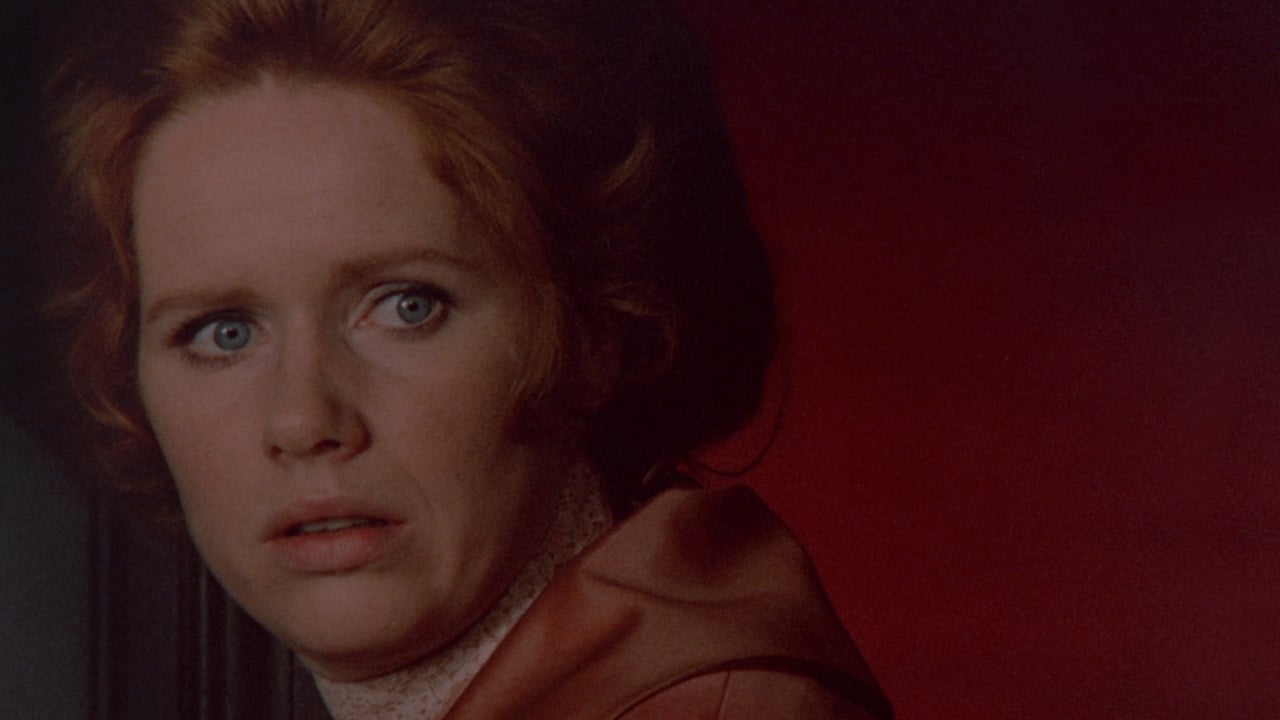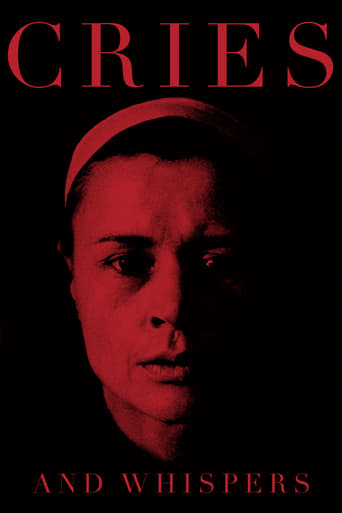SmugKitZine
Tied for the best movie I have ever seen
ReaderKenka
Let's be realistic.
MoPoshy
Absolutely brilliant
Huievest
Instead, you get a movie that's enjoyable enough, but leaves you feeling like it could have been much, much more.
EastWindHolmes
The first color film in Bergman's unique work is just to look at the color control in the scenes and decor. This is an unparalleled micro-graphic. Desperate and thoughtful masterpiece, which goes on to follow the filmmaker's view of human relationships, death and anxiety. It's a tragic moment to the film's beginning. It's a movie that's made up of dramatic effects, along with images of the hard and disturbing moments of the movie. It's a movie full of metaphors that comes in shape and color, meaning colors. And a symbol of something. The colorful metaphor in the cinema often and finally means for all cultures. In the film, all women wear white at the start. Backgammon consists of walls and floor carpets and part of the curtains, red and white, and are very tasteful. . Agnes, when he dies, wears white clothes, and places this black part on a red background. Bergman intelligently and with four characters provides a condition for metaphorical tale (Mariya refers to red as it is full of The passion and the youngest) When the family doctor arrives home for Agence's visit, Maria looks at Maria's tone of notice that there is a relationship between the two. The condition that the doctor drops from, but Maria does not. Maria allegory gets a passion for life. Carneville, an allegory of depression and frustrated excitement, seems to be a film about the fluency of Swedish women who refer to Bergman's feminist views and who have a great understanding of these issues, had the same look for Angelo Antonioni than Italian women With this view, each character is symbolized by women's morals (Anna is a symbol of innocence and anagnas, an allegory of oppressed love and an unplanned and early death)
ags123
I lived in Manhattan when "Cries and Whispers" was released in theaters and remember how the New York intelligentsia were all over this film. I guess it had some shock value at the time. Revisiting it forty years later, I find it boring, shallow and fatally lacking in humor. Filled with talk and solemn posturing that ultimately leads nowhere, the final flashback scene is scant reward for all the Sturm und Drang that preceded it. I even think Sven Nykvist's acclaimed cinematography looks dated. There are numerous clumsy zooms, the painterly tableaux look self-conscious and forced, and the fades to red were done eight years previously by Robert Burks for Alfred Hitchcock's "Marnie." Viewers would have to be as masochistic as Ingrid Thulin's character to enjoy this pretentious gabfest.
Matt Banooni (mbanooni24)
This film was a very creepy, dark film that was an amazing show for people who like that kind of movie. This movie has a great use of camera work and it truly speaks to me. The use of red throughout the movie added a very dark mood and also a recurring theme: blood. I believe that Bergman was aiming to get this into the audience's minds, and he for sure succeeded. This movie effected me in many ways, especially emotionally. One of the main characters, Agnes, who is suffering from a death causing illness, is stuck at home trying to cope with that illness. Unfortunately, neither of her sisters, Karin and Maria, could help her or really seemed to care to help her. The only person who stepped up to the plate was their maid, Anna. This really effected me because I was surprised that they really weren't trying to help her even though she was their sister. When I watched this film, I was fascinated at the whole storyline and how everything played out. The only thing that I didn't like very much was the ending, but I can't think of any other way of ending it without making the story less powerful.
Leah Films
This film explores existentialism through the physical, emotional, and psychological torture of its characters. When Agnes' two sisters visit the plot thickens as her pain transcends physicality despite the comfort she receives from her maid as all women are forced to confront the shadows that bind them.As one character's pain affects and reflects the others' the director takes the audience on a downward spiral of resentment, hopelessness, and agony. The film's poetic cinematography with it's commendable use of the close-up only heightens the characters' suffering as their beauty contrasts with their exterior and interior reality. Watching this film feels like staring at a well composed painting in motion where each gesture and each moment, whether it be a moment of constant screaming in complete and absolute pain or a moment of silence, sets the viewer in an inevitable state of contemplation.

